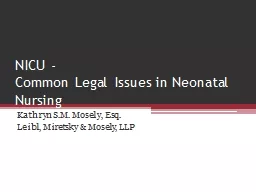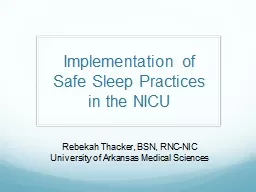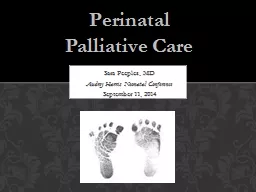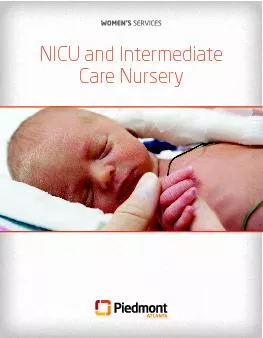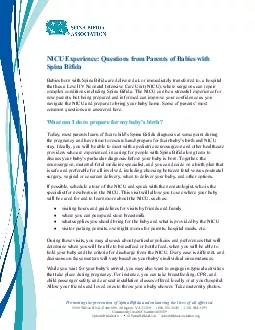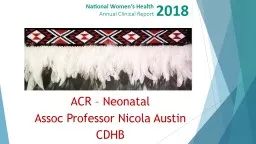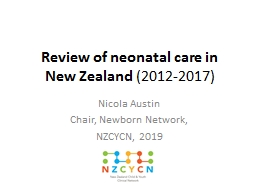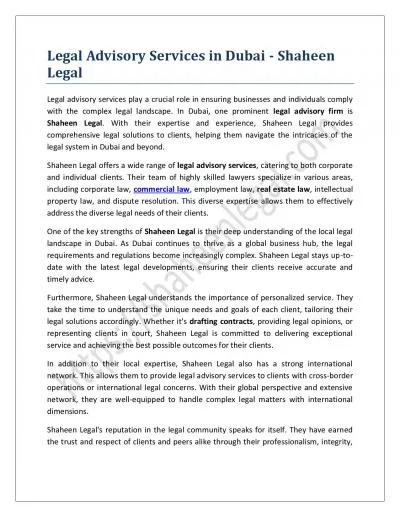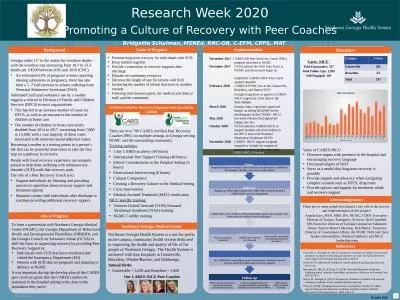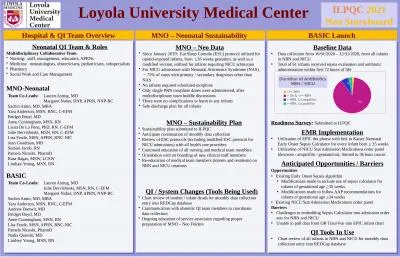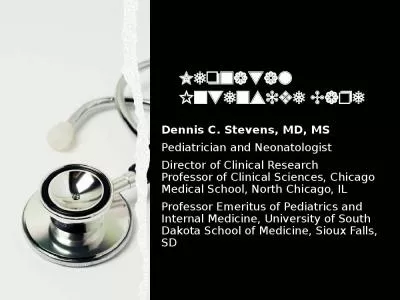PPT-NICU - Common Legal Issues in Neonatal Nursing
Author : mrsimon | Published Date : 2020-06-15
Kathryn SM Mosely Esq Leibl Miretsky amp Mosely LLP Litigation Fundamental Error AngerDisappointment SurpriseDistrust Truthseeker What happened and why Elements
Presentation Embed Code
Download Presentation
Download Presentation The PPT/PDF document "NICU - Common Legal Issues in Neonatal ..." is the property of its rightful owner. Permission is granted to download and print the materials on this website for personal, non-commercial use only, and to display it on your personal computer provided you do not modify the materials and that you retain all copyright notices contained in the materials. By downloading content from our website, you accept the terms of this agreement.
NICU - Common Legal Issues in Neonatal Nursing: Transcript
Download Rules Of Document
"NICU - Common Legal Issues in Neonatal Nursing"The content belongs to its owner. You may download and print it for personal use, without modification, and keep all copyright notices. By downloading, you agree to these terms.
Related Documents

